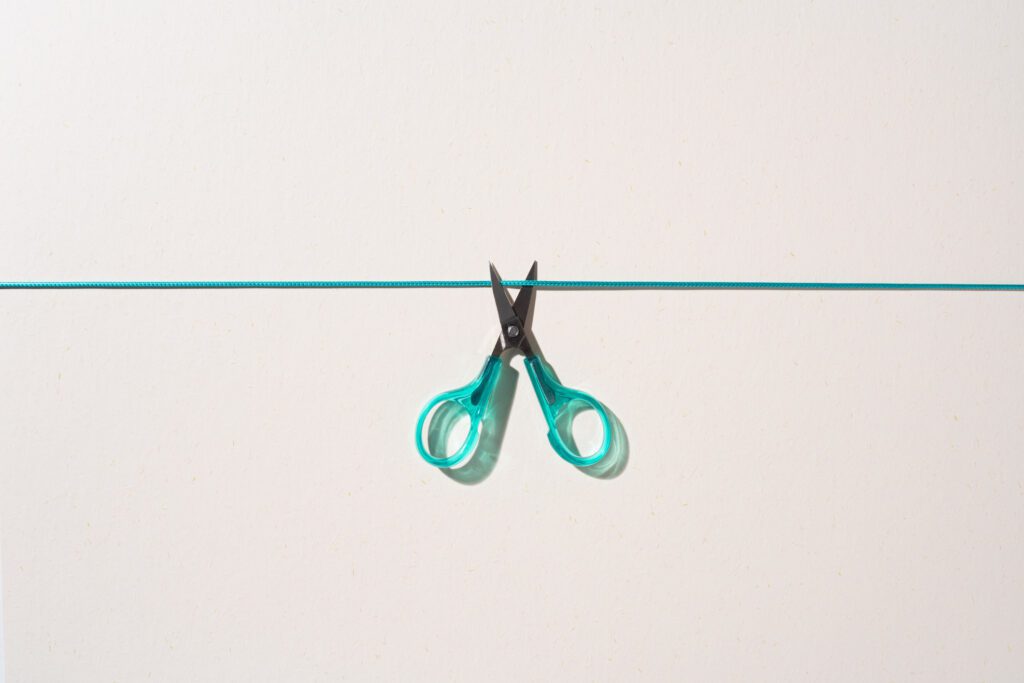The last straw that gave up on cable and became a cord cutter was an ambiguous reception, along with a $100 monthly bill, when a $10-dollar cable box paid $10 each month. To get a clear image, I had to use the cable company app on a smart TV with an internet connection rather than going through the cable box itself.
That made me think: Maybe I could save even more with cheaper alternative services for cables.
After a comparison shopping, I currently pay $40 a month for almost the same channel via the sling app, including digital recording, on-demand programs and excellent channel guides. And it works while traveling, except for local stations. It was half the price of YouTube TV, and DirectTV was even more expensive.
Subscribe to Kiplinger’s personal finances
Be smarter, better informed investors.
Save up to 74%
Sign up for Kiplinger’s free e-newsletter
Remember profits and prosperity with expert advice on investments, taxes, retirements, personal finances and more – directly to email.
Profit and prosperity with the advice of the best experts – directly to your email.
After shopping, I was able to get all services, including internet, streaming services and mobile phones, for $150 a month, saving up to $100 a month. Plus, you can watch programming on any device without paying for rental cable boxes in various rooms.
My cord cutting savings are not uncommon. $80 is “the lowest I could have saved people,” says Ray Gustini, Code Cutting Consultant at Code Slier. He helps people save money by planning to purchase equipment and understanding which services to watch, and when to spin the services with each sports season and series start and end dates.
He recommends the following steps to save money by cutting cords:
1.Get a digital antenna for free service
Free air channels such as Fox, CBS, ABC, NBC, etc. can be obtained with just a digital antenna in urban areas. “It’s not like I did back then when I got eight channels. There are hundreds of things that allow us to welcome locals from a wide variety of places,” Gustini says.
Digital antennas are less than $50 if you install them yourself or can easily install them and buy them for just $50. The digital antenna was “screwed into the back of the TV,” says Gustini.
If you don’t live in densely populated areas, don’t expect them to work well. Jason Haviland, a senior partner and certified financial planner at Cottage Street Advisors, is 50 miles away from Boston. He spent hundreds of dollars on physical antennas installed on the roof of his house, as he was too far from the TV tower near town to get free channels with his digital antenna.
Therefore, he needs to use paid apps for some channels, but his strategy is cheaper than cable TV services. He estimates that cutting the cord saves you up to $250 a month.
2. Explore free services on Smart TV
(Image credit: Getty Images)
If you have a smart TV, it may come with your own free programming set. Samsung devices and smart TVs are pre-programmed with hundreds of channels, including networks you know. Currently, the channel includes film favourites by Lifetime, PBS Kids and MSG Sports Zone.
Other TVs have their own pre-programmed free TVs, such as Google TV Live, which is available for a variety of brands, including LG Channel, Vizio WatchFree+, and Google TV Live.
3. Do not pay for unused services
You can save hundreds of dollars a year by eliminating services that don’t use or spin in sports or seasonal series. I was used to having cables so I signed up for the sling.
However, I’ve only seen one TV channel beyond what I’m streaming on Amazon Prime and Netflix. Instead of slings, you can get an app for that channel and save $25 a year, or $300 a year.
“You can turn things on and off,” Gustini says. “It’s a big deal, not spinning your subscription.”

(Image credit: Getty Images)
Set reminders when the show is watching the end to cancel your subscription. A reminder is also required on the end of the free trial.
For sports, see what you need to buy to see your favorite games. “You can get anything you have in CBS, NBC, or Fox, so you can get lots of games with a digital antenna,” he says, and then you can make up for the ESPN standalone or multi-madness package.
For services you use, keep an eye on regular trading and sales, like Black Friday and Amazon Prime Day.
Grow your cord cutting savings
Now that you’ve started creating options to save on your monthly expenses, you need to make those savings work.
Whether you need the security of a high-yield savings account or want to invest your money in an S&P index fund, you can easily save over $10,000 in 10 years.
Let’s say you’re saving $75 a month after a cord cut. That alone will cost up to $9,000 in 10 years.
Now, when you take a savings of $75 a month and invest it, you can achieve a total of over $11,200 or over $15,000 depending on what you are using it, thanks to the power of growth and compounding interest. Also, if you invest $75 a month over 20 years, your base $18,000 could grow to $28,000, or up to about $75,000, depending on how you invest and other factors.
The wide range of revenue differences depends on whether you invest your money in a savings account with a high interest rate (high yield savings account) or an S&P 500 index fund (an investment that includes stocks from up to 500 public companies).
The interest rates for high-yield savings accounts vary, so the actual growth of investing $75 a month over a decade will vary, but you can now find accounts with interest rates above 4%. For example, it is different from a certificate of deposit (CD). This may be high interest rates, but you won’t be able to add new investments each month like a savings account.
Meanwhile, the S&P 500 may sound like a “boring” way to invest in the stock market, but it is also one of the more profitable options. Historically, the S&P 500 returned about 10% a year, or about 6-8% after inflation.
Havilland, a financial planner in the Boston area, also suggests that additional savings can be invested in the Treasury bill, an investment by the US government that often generates higher returns than average high-yield savings accounts. However, like CDs, they schedule how you invest.
This reminds me of some important personal finance facts.
Regular payments will be summed over time, so one of the most effective ways to adjust your budget is to try and reduce recurring payments, such as cable invoices. On flipside, repetitive savings add up over time, and there is a long way to go, especially over a long period.
At first glance, a seemingly “small” decision will have a major impact on your financial life. And these savings may make you laugh a little extra when you sit down to see your favorite show.
